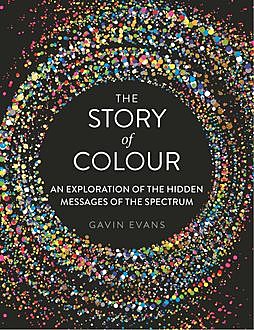The Story of Colour
This book is currently unavailable
322 printed pages
- Copyright owner
- Michael O'Mara Books
- Publication year
- 2017
Impressions
- dariadiashared an impression2 years ago👍Worth reading🎯Worthwhile
Quotes
- dianaluciushas quoted3 years agoThere are various genetic types, but red hair is most commonly caused by two copies of a recessive allele on chromosome 16. This produces a particular protein responsible for the pigment pheomelanin, which causes red hair.
- zelenetskacomhas quoted3 years agoWith light, the primary colours are green, blue and red.
- zelenetskacomhas quoted3 years agoIn the paintbox the primary colours are red, blue and yellow
fb2epub
Drag & drop your files
(not more than 5 at once)


